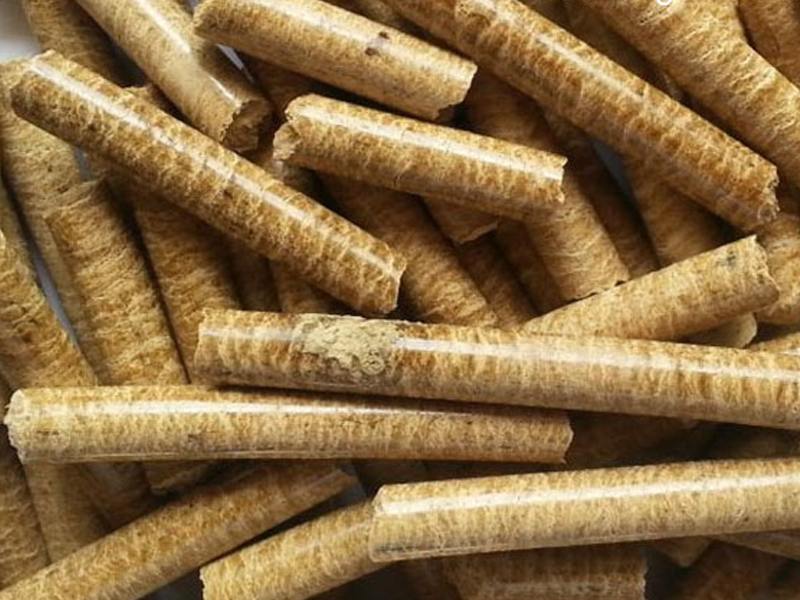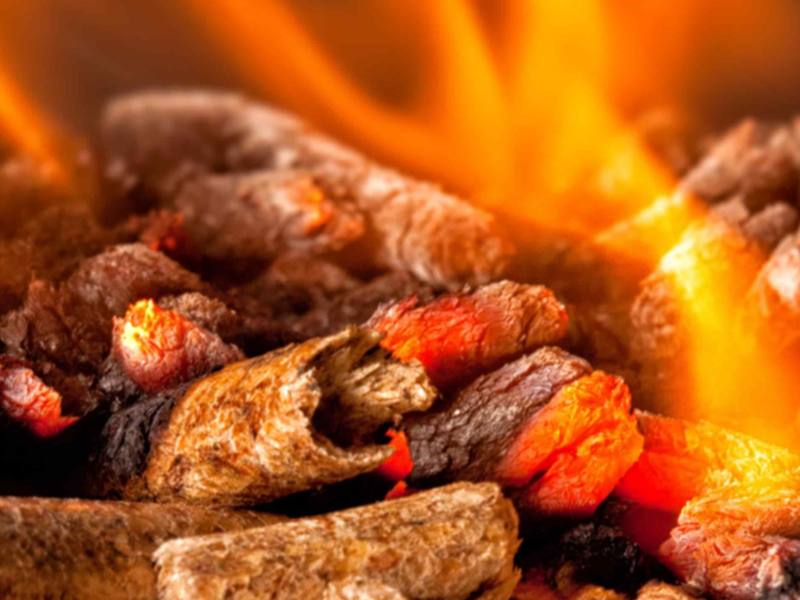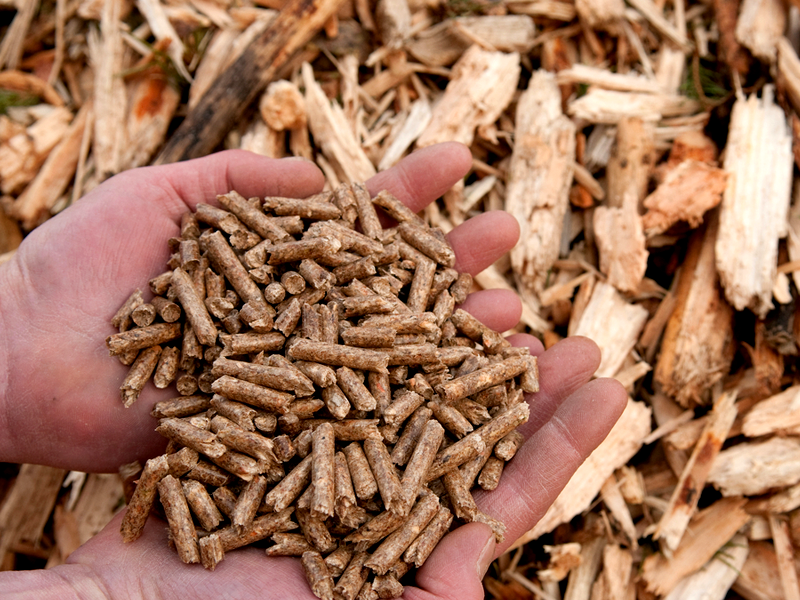Pellets
Wood chips, sawdust, agricultural waste, and other plant-based materials are compressed into biomass pellets, which are a form of fuel. They can replace fossil fuels in heating and electricity generation, and they are renewable.
Frequently Asked Questions
We conclude some answers of your questions that may require to clarify your views. If you have any more queries feel free to ask above Call to Action section in this page.
We are here to serve you.
- Why Pellets?
In general, converting raw biomass materials into pellets can be a more efficient and environmentally-friendly option compared to burning them directly.
When raw biomass is burned directly, it tends to release more pollutants and particulate matter into the atmosphere, which can contribute to air pollution and negatively impact human health. Additionally, the combustion efficiency of raw biomass can be lower compared to pellets, as raw biomass may contain a higher moisture content, variable particle size, and lower density.
In contrast, pellets are typically more uniform in size and density, with a lower moisture content. This makes them easier to transport and store, and also leads to a more consistent combustion process. Pellets also tend to have a higher heating value per unit of weight compared to raw biomass, due to the removal of moisture and other impurities during the palletization process.
Overall, converting raw biomass into pellets can be a more sustainable and efficient way to utilize biomass as a fuel source, with potential benefits for both the environment and human health.
- What are the calorific values of biomass in pellet form?
Raw Materials GCV (kcal/kg) Moisture (%) Volatile Matter (%) Ash Content (%) Wood Chip Pellets 4,200-4,800 6-10 75-85 0.5-5 Corn Cobs Pellets 3,800-4,200 8-12 70-80 1-3 Cotton Stalks Pellets 3,200-3,800 8-12 65-75 3-5 Mustered Straw Pellets 3,200-3,800 10-20 65-75 7-10 Rice Husks 3,200-3,800 8-12 50-60 15-20 Wheat Straw Pellets 3,200-3,500 8-12 70-80 4-8 Sugarcane Bagasse Pellets 3,000-3,500 8-12 70-80 2-6 Animal Waste (Manure) 1,500-2,500 8-12 40-50 5-10
-
Can you compare calorific values of biomass in pellet & raw form?
Biomass/BioFuel
Raw Materials GCV (kcal/kg) Wood Chips 3,500-4,000 Corn Cobs 3,500-4,000 Cotton Stalks 3,000-3,500 Mustered Straw 3,000-3,500 Rice Husks 2,800-3,400 Wheat Straw 2,500-3,200 Sugarcane Bagasse 2,500-3,000 Wood 3,900-4,800 Animal Waste (Manure) 1,500-2,500
Pellets
Raw Materials GCV (kcal/kg) Wood Chip Pellets 4,200-4,800 Corn Cobs Pellets 3,800-4,200 Cotton Stalks Pellets 3,200-3,800 Mustered Straw Pellets 3,200-3,800 Rice Husks 3,200-3,800 Wheat Straw Pellets 3,200-3,500 Sugarcane Bagasse Pellets 3,000-3,500 Animal Waste (Manure) 1,500-2,500
-
Why pellets have high heating value?
Please note that the moisture content is significantly lower in the pellet form, which means that the heating value is higher due to less energy being used to evaporate moisture. Additionally, the ash content, volatile matter, and fixed carbon remain similar to the raw material form, although there may be slight variations depending on the palletization process used.



